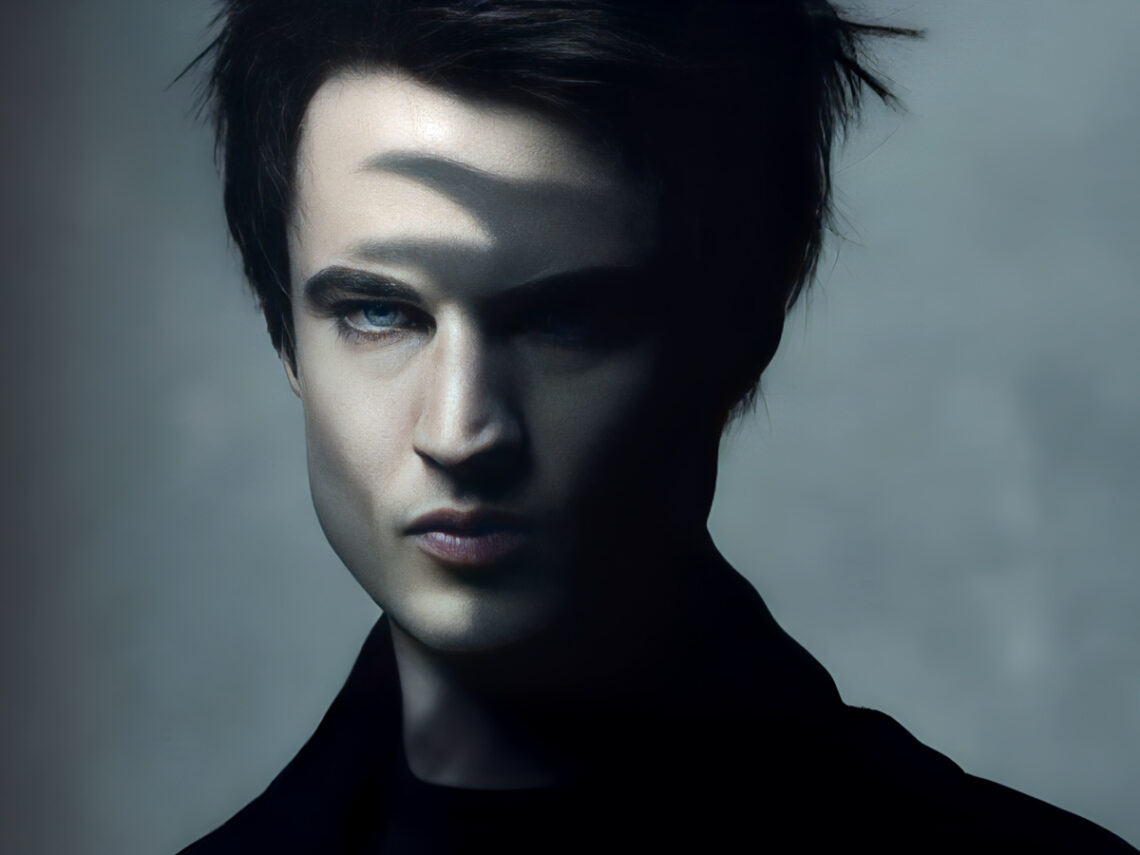
Why ‘The Sandman’s Endless sibling could change everything
When The Sandman season two dropped on Netflix, fans expected dreamlike visuals, complex characters, and poetic dialogue. What they did not expect was a brand-new Endless sibling, one who has never appeared in Neil Gaiman’s original comics. For a series so rooted in symbolic precision, the arrival of an eighth Endless is not just a plot twist; it is a creative earthquake.
In the original mythology, there are seven Endless: Dream, Death, Desire, Despair, Delirium, Destruction, and Destiny. Each one is more than just a character; they represent eternal forces that govern all life. These siblings are ancient, powerful, and oddly human in their flaws. They have squabbles and they hold grudges, but together, they form a complete system—until now.
Season two introduces a new force into this delicate balance. The show does not just tease their existence, but it also brings them into focus. Their presence is unsettling, even to the other Endless. The moment this sibling appears on screen, the tone of the show shifts. Suddenly, the world of The Sandman feels unstable and uncertain, which is exactly the point.
So, who is this sibling? About this, the show keeps things vague. We are not told their name outright. Instead, we are shown what they represent, and it is something that feels distinctly modern. This Endless might not be part of Gaiman’s original plan, but it makes sense in today’s context. While Dream rules stories and Death governs mortality, this new figure seems tied to something more contemporary. Perhaps addiction, or obsession, or even digital noise. Whatever it is, it feels like the missing link between the old myths and our current messes.
This change has sparked a wildfire online. Purists are furious, arguing that the symmetry of the Endless was sacred: seven beings for seven existential anchors. Introducing an eighth feels like sacrilege. But others are intrigued. To them, this move represents the show’s evolution. It is no longer just an adaptation of the comics; it is becoming its own mythology.
Neil Gaiman, who has been involved in the series since the beginning, has not pushed back. In fact, sources suggest he had a hand in shaping this new direction. That alone gives the twist credibility. If the creator himself is expanding his universe, it feels less like betrayal and more like growth. Even myths have to adapt, especially when they enter new media and reach new generations.
There is also the narrative potential. The Endless were never just family; they were balance. Desire and Despair, Dream and Death, Destiny and Delirium. Each sibling served to challenge or reflect the others. So what happens when a new element throws that equilibrium off? That is exactly what the second season starts to explore. Relationships fracture, and old truths are questioned. Dream, who once felt like the centre of everything, now looks unsure.
And that is the beauty of this twist. It does not just add drama, but it adds meaning. The Sandman has always been a story about change, about the cost of control and the necessity of growth. Dream himself had to unlearn centuries of rigidity. Now the show is doing the same. It is choosing expansion over nostalgia. It is asking bold questions instead of rehashing old arcs.
By introducing this new Endless, the show dares to break its own rules. And in doing so, it reminds us why it was groundbreaking to begin with. Stories, like dreams, are meant to evolve. Sometimes you need to disrupt the order to discover something entirely new.